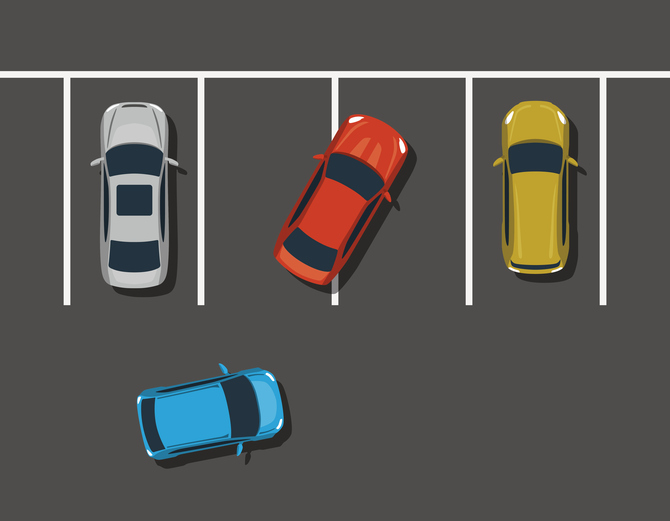What Does the Driving Theory Test Consist Of?

The test consists of two parts a multiple-choice section and a hazard perception test and Multiple-choice section
Summary
Navigating the roads safely requires more than just practical driving skills; it demands a thorough understanding of the rules and regulations that govern them. At the heart of ensuring road safety lies the Driving Theory Test, a crucial examination that evaluates an individual’s knowledge of traffic laws, signs, and safe driving practices.
What Does the Driving Theory Test Consist Of?
Multiple-Choice Questions
The driving theory test comprises multiple-choice questions designed to assess various aspects of driving knowledge. These questions cover a wide array of topics, including road signs, traffic signals, rules of the road, and hazard perception. Candidates must carefully study these topics to answer questions accurately during the test.
Hazard Perception Test
In addition to the multiple-choice section, the driving theory test includes a hazard perception test. This section evaluates candidates’ ability to identify and respond to potential hazards while driving. Through a series of video clips depicting various driving scenarios, candidates must demonstrate their awareness of potential dangers and their capacity to anticipate and react to them promptly.
The Pass Mark
To pass the driving theory test, candidates must achieve a minimum score on both the multiple-choice and hazard perception sections. The pass mark may vary, so it’s essential to familiarize oneself with the requirements beforehand and strive to meet or exceed them during the examination.
Preparing for the Driving Theory Test
Study Resources
To succeed in the driving theory test, thorough preparation is key. Candidates can access a variety of study resources to aid their review process. These may include official DVSA (Driver and Vehicle Standards Agency) publications, online practice tests, mobile apps, and instructional videos. By utilizing these resources effectively, candidates can enhance their understanding of key concepts and improve their test-taking skills.
Mock Exams
Engaging in mock exams is an invaluable component of preparation for the driving theory test. Mock exams simulate the testing environment and allow candidates to assess their knowledge, identify areas of weakness, and practice time management strategies. By taking multiple mock exams, candidates can build confidence and familiarity with the format and content of the actual test.
Revision Techniques
Effective revision techniques can significantly enhance learning and retention of information. Candidates should employ a variety of methods, such as note-taking, flashcards, mind maps, and group study sessions, to reinforce key concepts and reinforce their understanding of driving theory principles. Consistent and structured revision is essential for maximizing knowledge retention and performance on the test day.
Pass the theory test
This course has everything you need to pass your driving theory test first time. Includes licensed DVSA content.Test Day Tips
Arrive Early
On the day of the driving theory test, it’s crucial to arrive at the testing center early to allow ample time for registration and familiarization with the testing environment. Arriving early helps reduce stress and ensures a smooth start to the examination process.
Stay Calm and Focused
Maintaining a calm and focused mindset is essential during the driving theory test. Candidates should approach each question methodically, carefully reading and analyzing the options before selecting their answers. Managing test anxiety and maintaining concentration are key factors in achieving success.
Utilize Time Wisely
Time management is critical in maximizing performance on the driving theory test. Candidates should allocate sufficient time to each section of the exam, ensuring they have ample opportunity to answer all questions thoroughly. Prioritizing questions based on difficulty and utilizing any remaining time for review can help optimize performance.
Conclusion
The driving theory test is a fundamental step in the journey toward obtaining a driver’s license, serving as a vital assessment of an individual’s knowledge and understanding of road safety principles. By thoroughly preparing for the test, utilizing effective study techniques, and adopting a focused mindset on the day of the examination, candidates can increase their chances of success and embark on a safe and responsible driving journey.


